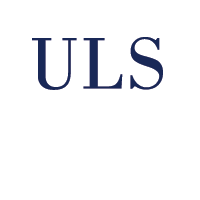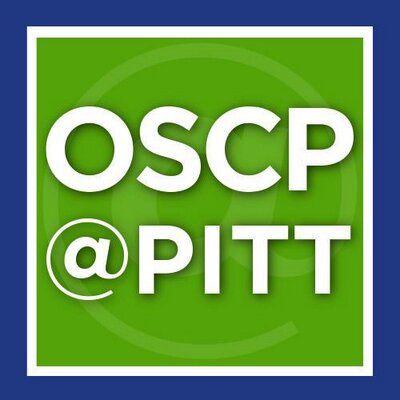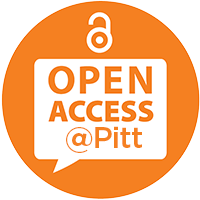Montanez, Maritza A
(2018)
Innate Immune Mechanism of Platelet-Neutrophil Aggregation Dependent Vaso-occlusion in Sickle Cell Disease.
Doctoral Dissertation, University of Pittsburgh.
(Unpublished)
This is the latest version of this item.
Abstract
Sickle Cell Disease (SCD) is an autosomal-recessive–genetic-disorder that affects 100,000 in the U.S. and millions worldwide. Sickle cell anemia, the most common form of SCD results from a single nucleotide polymorphism in the β-globin gene that causes the hemoglobin to polymerize under deoxygenated conditions. Hemoglobin polymerization leads to sickling of erythrocytes, exposure of adhesion molecules on the erythrocyte membrane, and hemolysis. Hemolysis releases erythrocyte derived danger-associated molecular pattern molecules (DAMPs) that activate leukocytes, platelets and endothelium and enable interactions with sickle erythrocytes and promote vaso-occlusion (VOC). VOC is the predominant pathophysiology responsible for acute systemic vaso-occlusive crisis, the leading cause of emergency medical care among SCD patients. VOC is also believed to contribute to progression of other morbidities such as pulmonary hypertension, stroke, and acute chest syndrome, however, the cellular, molecular and biophysical mechanisms that enable VOC in SCD patients remain incompletely understood.
To determine the mechanisms that promote VOC in SCD patients, we developed quantitative microfluidic fluorescence microscopy (qMFM), a novel fluorescence imaging approach that utilizes PDMS-based microfluidic devices to visualize single-cell interactions in SCD human blood. Using qMFM, neutrophils were observed to roll, arrest and capture freely flowing platelets leading to formation of large platelet-neutrophil aggregates that occluded microfluidic flow channels. Quantitative analysis revealed that platelet-neutrophil interactions in SCD patient blood were not only more numerous but also significantly longer in duration than those in control blood. These platelet-neutrophil interactions were enabled by platelet P-selectin and GPIbα binding to neutrophil PSGL-1 and Mac-1, respectively and were abolished following blockade of these interactions. qMFM revealed for the first time that platelets in SCD blood form P-selectin expressing “hair-like” membrane tethers that promote platelet-neutrophil interactions by shielding the bonds from the hydrodynamic shear forces of blood. Hair-like tethers act like a ‘lasso’ that allows circulating platelets to interact more efficiently with neutrophils within the vasculature. Inhibition of platelet TLR4 or NLRP3 inflammasome dependent signaling abolished “hair-like” platelet tethers and attenuated platelet-neutrophil aggregation in SCD human blood. This study highlights the potential of therapeutic inhibition of platelet P-selectin or NLRP3 inflammasome pathway in preventing VOC in SCD patients.
Share
| Citation/Export: |
|
| Social Networking: |
|
Details
| Item Type: |
University of Pittsburgh ETD
|
| Status: |
Unpublished |
| Creators/Authors: |
|
| ETD Committee: |
|
| Date: |
20 June 2018 |
| Date Type: |
Publication |
| Defense Date: |
5 December 2017 |
| Approval Date: |
20 June 2018 |
| Submission Date: |
12 January 2018 |
| Access Restriction: |
1 year -- Restrict access to University of Pittsburgh for a period of 1 year. |
| Number of Pages: |
162 |
| Institution: |
University of Pittsburgh |
| Schools and Programs: |
Swanson School of Engineering > Bioengineering |
| Degree: |
PhD - Doctor of Philosophy |
| Thesis Type: |
Doctoral Dissertation |
| Refereed: |
Yes |
| Uncontrolled Keywords: |
platelets; neutrophils; Sickle Cell Disease; inflammation; |
| Date Deposited: |
20 Jun 2018 16:47 |
| Last Modified: |
20 Jun 2019 05:15 |
| URI: |
http://d-scholarship.pitt.edu/id/eprint/33755 |
Available Versions of this Item
-
Innate Immune Mechanism of Platelet-Neutrophil Aggregation Dependent Vaso-occlusion in Sickle Cell Disease. (deposited 20 Jun 2018 16:47)
[Currently Displayed]
Metrics
Monthly Views for the past 3 years
Plum Analytics
Actions (login required)
 |
View Item |








